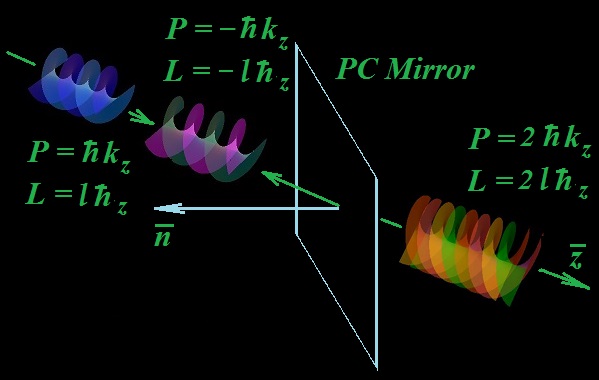
As the world advances in technology and science the idea of using microcrystalline materials that can be used for optical applications is getting more attention, particularly in the area of chemical chemistry of materials. Materials that are microcrystalline, such as coordination polymers have unique physical and chemical characteristics, such as the flexibility of structure, the ability to control the properties, their high thermal stability, high acidity, and reversible multi-electron properties, and so are extensively used in a variety of fields like photocatalysis, electrochemistry, medicine, and materials science. In particular, the coordination polymer type as ideal organic building units are extensively studied due to their relatively simple to synthesize conditions, their high structure stability, and appropriate dimensions.
Practically unlimited number of structurally complicated coordination polymers can be produced by hydrothermal process by employing basic starting materials or through a routine solution process using precursors for their broad isolation environments. The coordination polymers exhibit a very robust structural stability due to their extremely symmetrical structure. This is why they are extensively employed in the field of catalysts because of their advantages of high catalytic stability with easy recovery and long cycle lives.
Additionally, the right size of organic ligands is needed to provide coordination polymers with smaller steric barriers in addition to more flexible bonding mechanisms. This means that they can not only be integrated into the metal-organic networks as guest species to form a coordination polymer structure, but they can also connect organic linkers via secondary linking units to create organic inorganic hybrids. While they offer numerous advantages, however, the phosphonic series remains still a relatively new field in comparison to the other coordination polymers. A few hybrids that are based on phosphonates have been created in the past, and the majority of them are two-dimensional. The 3D, highly connected, coordination polymer phosphonates are still relatively rare. The use to these chemicals is extremely limited. In these contexts, it is important to research into 3D coordination polymer networks are necessary and really desirable in this field.
It is important to note that coordination polymers are prospective nonlinear optical materials that have been thus far optimized for second-order nonlinear optics mostly. Such materials reveal second-harmonic-generation property. They have attracted a lot of attention because of their significant technological properties like ferroelectricity, piezoelectricity. Compounds that have the crystallographically noncentric structure are the requirement for an optical material that features nonlinearity of second-order type. Famous group are here inorganic oxides. Inorganic oxide crystals are made are made from the transition metal like titanium 4+ niobium 5+, titanium 4+, tungsten 6+ as well as the lone-pair-cation, such as tellurium 4+ as well as tin 2+ and selenium 4+.These ions have inherent asymmetric coordination environments which is why they are among the most important types of optical materials that are nonlinear – and which are studied quite extensively. They are also known as noncentrosymmetric microcrystalline species which belong to different kind of optical materials that are nonlinear.
It is well understood that the second-order optical effect of molecular crystals is sensitive to molecular hyperpolarizability (denoted as the Greek beta symbols) and the relative position of the species within the crystal lattice. Organic species with high beta values are symmetric in structure and are highly dipolar. Due to the dipole-dipole interaction between organic molecules and chromophores, chromophores found in solid state tend to be packed parallel to each other, leading to the formation of symmetrical molecular arrangement. Therefore, it remains an issue for the design of organic optical materials that are strongly nonlinear-active. The previous description revolves around questions mostly related to nonlinear optical phenomena of second order kind. However, researchers are also looking into third-order phenomena like third-harmonic generation or two-photon absorption which are also potentially very useful for applications.
While those challenges are present, one needs to say that in recent years we have witnessed tremendous advances in nonlinear optics of solid-state materials. Those include not only mentioned in previous paragraph coordination polymers but also include metal-organic frameworks, perovskites and even two-dimensional materials such as MXenes. All of those are now commonly studied compounds. Rapid advances in this field resulted in many research papers. Recent review on nonlinear optical properties of nano- and microcrystalline materials systematizes current knowledge about NLO properties of all of these materials, as well as provides useful introduction to the field of modern nonlinear optics.
Related posts:

Categories
- Apps (1)
- Automotive (23)
- Beauty (7)
- Business (117)
- Celebrities (2)
- Digital Marketing (21)
- Ecommerce (1)
- Education (18)
- Entertainment (25)
- Events (6)
- Features (4)
- Fitness (10)
- Food (1)
- Forex & Crypto (15)
- General (105)
- Health (48)
- House (61)
- Lifestyle (48)
- Marketing (8)
- Parenting (3)
- Pets (10)
- Real Estate (7)
- Safety and Security (11)
- Social Media (20)
- Sports (96)
- Technology (67)
- Travel (22)


















